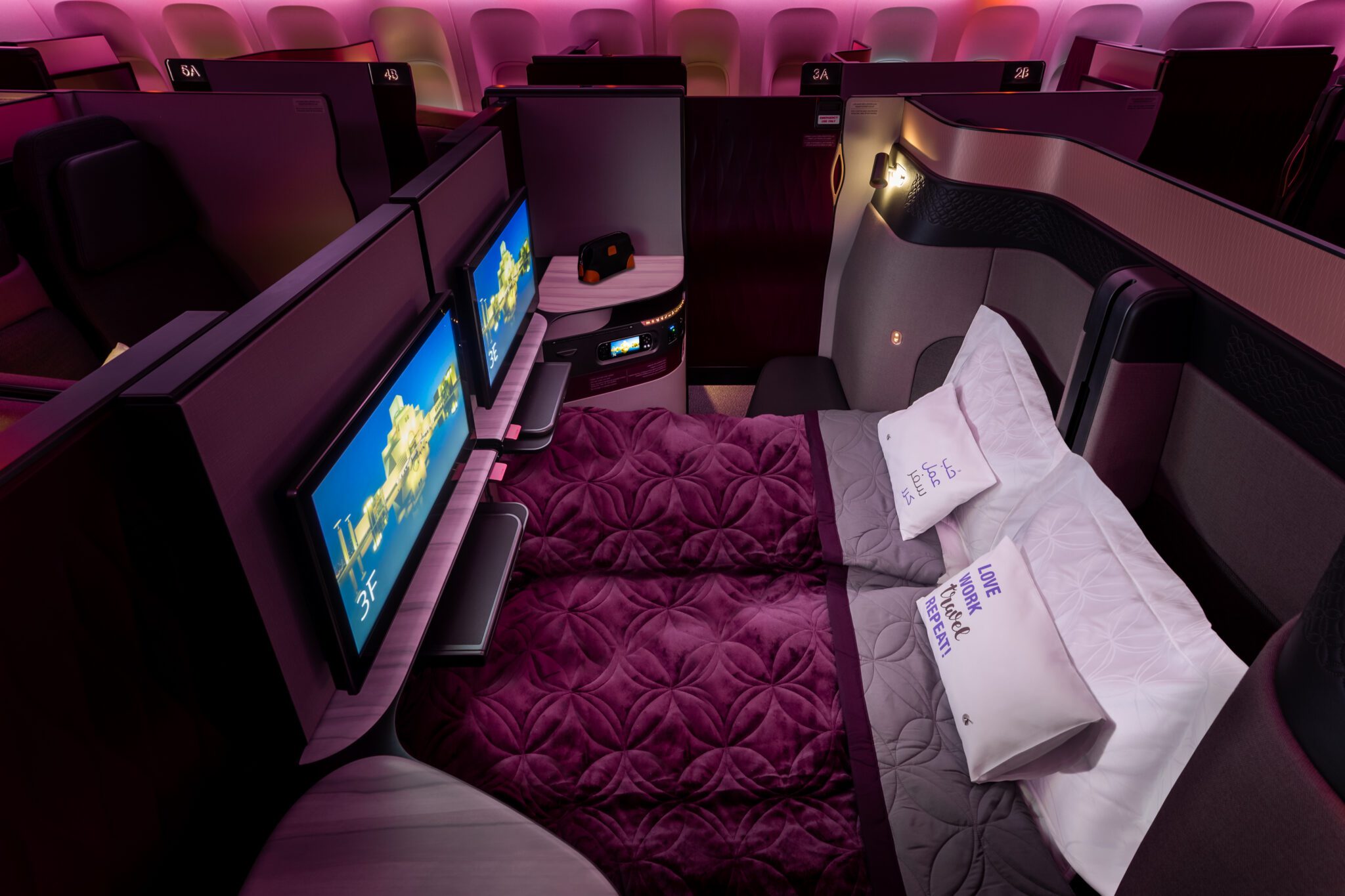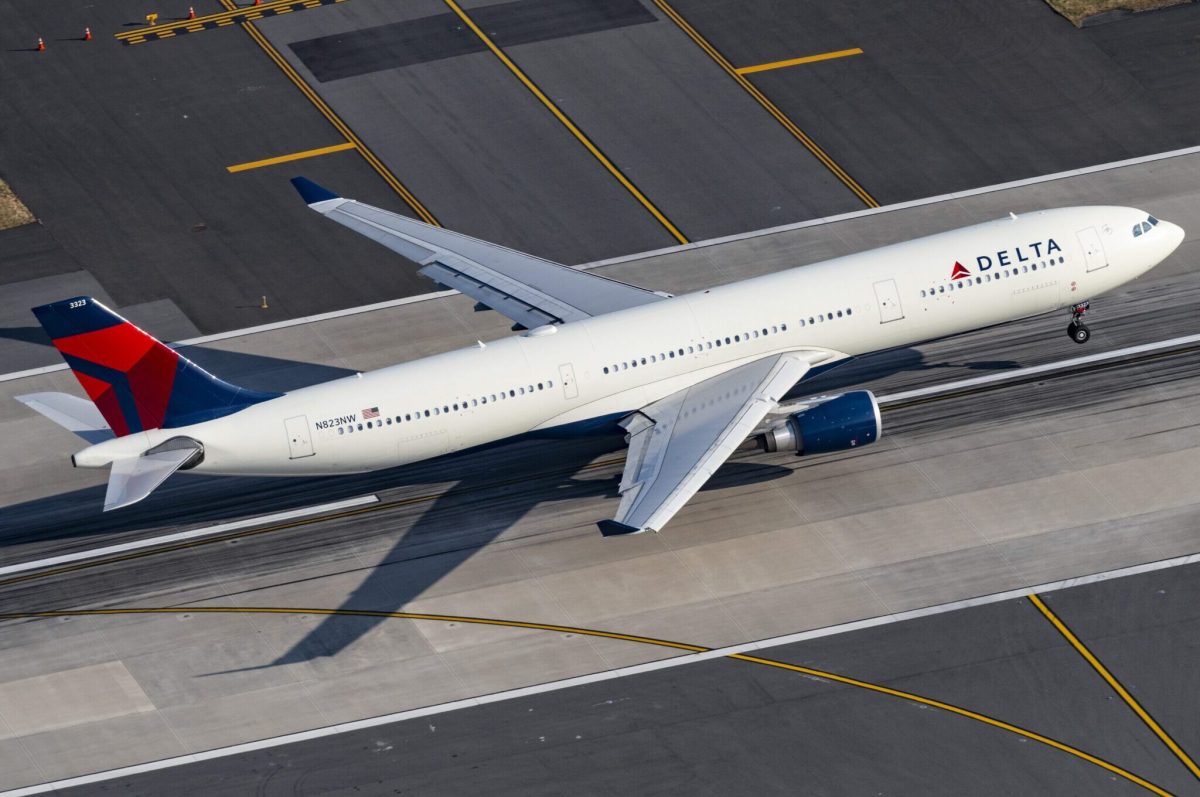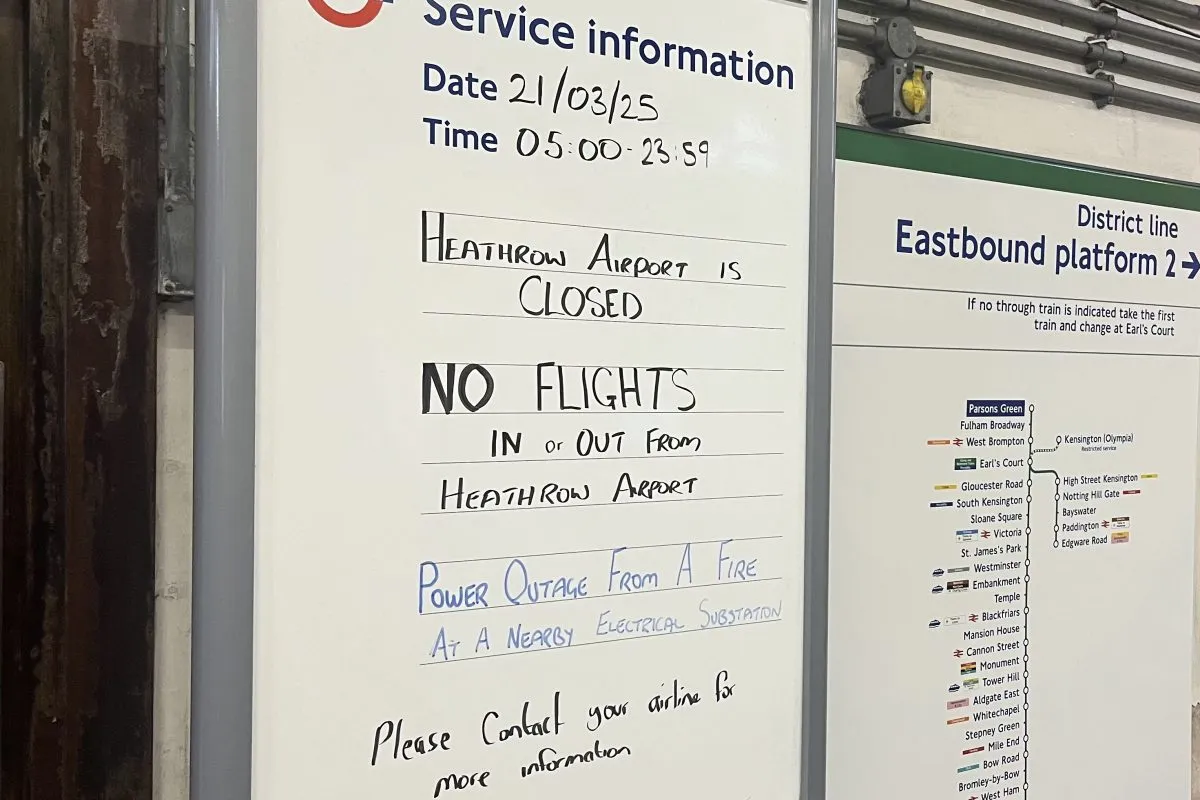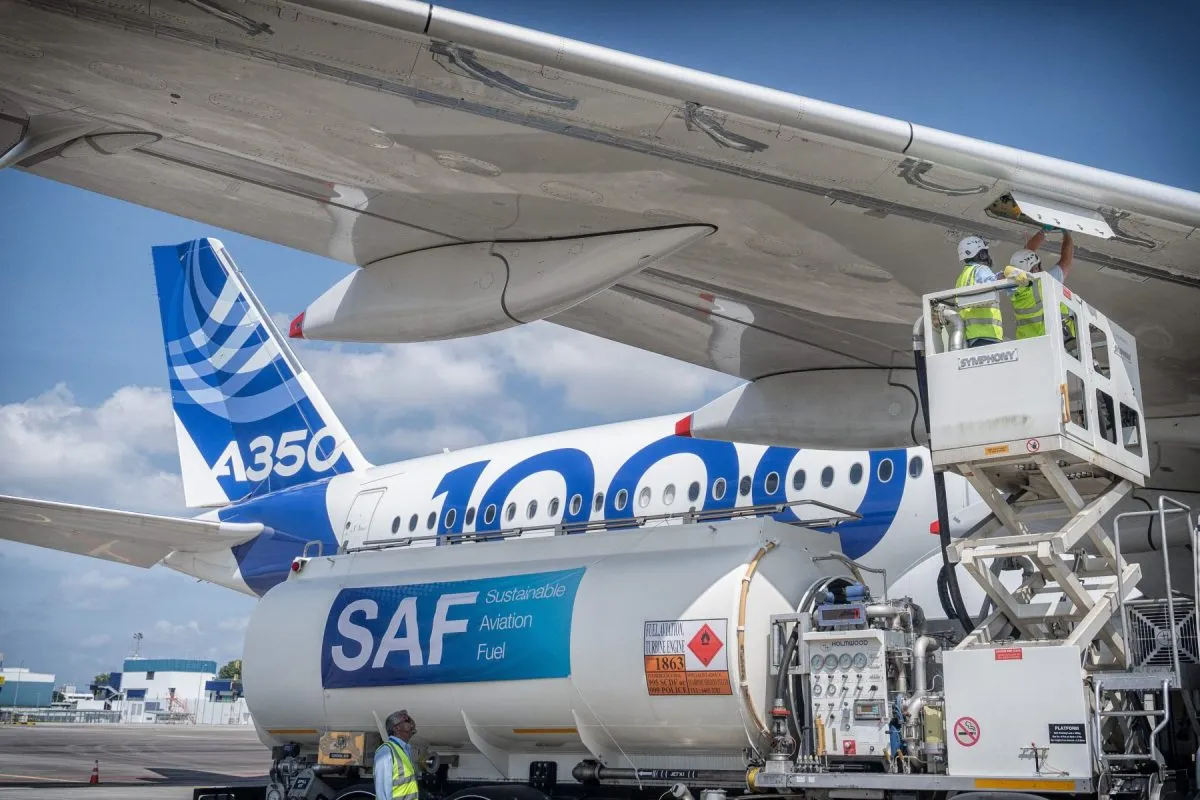New Rules of Long-Haul Travel: Business vs. First Class, 'Densification' of Economy

Skift Take
One of the most debated questions in airline boardrooms is how to use real estate on aircraft to generate the most money.
Airlines have focused on providing more comforts to those paying high fares at the front of the plane. In coach, they continue to add more people in the same amount of space – a practice the industry calls “densification.”
Many premium airlines have decided to give up on first class altogether, making business class their most important cabin on international long-haul flights.
This comes after years of reduction in demand for first class around the globe. First class has been largely looked at as a privilege extended to actors and C-suite executives. But the exorbitant fare difference and evolution of business class to similar privacy standards has meant that first class often flies empty.
In the Middle East, Qatar Airways and Etihad are some of the airlines that no longer install first class on their newer aircraft.
In India, Jet Airways felt the pain of flying its Boeing 777s with an empty first class cabin. However, due to a shortage of funds, the airline couldn't execute on a retrofit that would have added more relatively affordable – but still more profitable – seats in business class and coach. The airline was grounded in 2019.
Where First Class Still Thrives
For other airlines, there are pockets of affluence where first class continues to do well, whatever shape the economy is in. And those airlines are investing in it.
Emirates launched its Gamechanger first class in 2017, moving from a four-abreast first-class cabin to a three-abreast one, making it more spacious and lavish for its customers. While these fly on only nine 777s of the airline, they intend to fit these out on their 777X aircraft when the airline starts receiving them.
Similarly, Cathay Pacific has filed an application for a patent to be granted on a new first-class concept that could show up on its aircraft in the years ahead. If some of the early renderings are to be believed, Cathay Pacific could be making plans to put a single-aisle first class, which might even have a bunk bed, on board. Think of it as a more evolved version of the Etihad Residence sans the shower on board.
Business class is where the moolah is, though. On long-haul travel, business class has become equivalent to lie-flat beds, and airlines are leaving no stone unturned to bring in a competitive product. However, with Qatar Airways introducing QSuites, a new privacy trend started in the industry. One of its defining elements was that the airline fit the same number of suites with the closed-door concept as it seats in business class before – and it did it with the same amount of real estate.
Today, privacy barriers are everywhere. From Etihad to British Airways, all airlines are adopting them when they go for a cabin refresh. Even the likes of Air India, which have for years underinvested in their product, will go for a privacy door in their cabin refresh, which will be rolled out in 2024.
Lufthansa, which is still targeting a 2023 release of their Allegris product concept, is going to install seven different layouts on board, trying to be of use to seven different travel personas at the same time. The cabin will switch between a 1-2-1 layout and a 1-1-1 layout, some with walls, some with longer beds and others with infant carriers, which are not your standard hang-on-the-wall bassinets.
Economy Class: Packing in More Seats
Economy class is where the real estate is getting really stingy. For instance, over the years, people have suffered through Air India’s broken in-flight entertainment because the airline operated a nine across configuration on their 777s with an 18” seat width and 31-33” seat pitch.
The generosity is soon fading, with a 10-abreast layout taking over with a 17” seat width when their refurbished 777 aircraft come into being.
Such is the demand for adding more seats in the economy cabin that Airbus last year implemented a New Production Standard for the A350 aircraft, where, apart from other adjustments, the OEM has chiseled the sidewalls on the aircraft differently to find four extra inches of space, which will allow ten abreast “comfortably”. With all the changes, the airlines can add another 30 seats on the A350-1000 in a three-cabin configuration.
But all is not lost for those who do not wish to spend thousands of dollars to fly long-haul. Airlines, customers and corporations have come to the conclusion that premium economy is the perfect compromise for those who do not want to travel economy but do not have the budget for business-class travel.
While premium economy isn’t new and has existed since 1991, only lately has it become more universal. The economic cycles have forced some companies to downgrade travel privileges from business class to premium economy. With hardly any privacy, most premium economy cabins offer differentiation with elevated meals, better padding of the seats and often, a calf-rest that helps with more surface area to rest the body on.
Even luxury airlines such as Emirates, which long resisted premium economy, have started to roll it out.
Overall, long-haul flying has turned into a treat for some flyers and a chore for others. But one hopes that airlines and manufacturers have now reached the physical limitations to accommodate people on a plane, with their 10-abreast layouts on board.




